Of recent, while commissioning 10 factories in Mbale, Gen. Museveni called upon Ugandans to rally behind him and ban the importation of second hand garments. This message was received with mixed reactions from the public but the majority are pleading with the longest serving freedom fighter and most loving president to abandon the move.
Of course the president’s idea of import substitution in a bid to protect our domestic industries is correct but at a wrong time. It’s estimated that Uganda can raise its earnings from textiles manufacture from the current $29m per year to $600m a year if government implements the right policies.
Uganda, like all East African Community (EAC) states, increased the import duty in question from 25% to 35% in a bid to protect the region’s Cotton, Textiles and Apparels (CTA) sector that is under threat from big suppliers of textile products, especially from Asia.
In 2022, the global market value of second hand and resale apparel was estimated to be worth 177 billion U.S. dollars. This value is projected to rise rapidly in the coming years, almost doubling in size from 2022 to 2027, reaching a value of 351 billion dollars.
A lot of the growth in the second-hand apparel industry can be attributed to younger consumers. According to a 2021 global survey, the generations most willing to buy second-hand apparel were Generation Z and millennials. It is seen as a cheaper way to purchase clothes, especially to the majority poor Ugandans. Clothes which would be too expensive are cheaper and more accessible. Banning “MIVUMBA” would pile more misery on majority of the already impoverished Ugandans who cannot afford to buy the new expensive clothes and many will almost go naked. Besides, “MIVUMBA” clothes are attractive and glamorous. The current generation fancies it’s benevolence, stylishness and uniqueness.
Dealing in “MIVUMBA” is among the cheapest and highly profitable businesses to invest in. You don’t require a lot of capital to go into the business. With as little as shs 30,000, you can start selling 2nd hand clothes.You can be assured that on an average day, you can make a profit of around 15% to 20% of your capital.
Experts admit that second hand clothes play a critical role in creating employment and raising revenue for the country every year. Bowing out of second hand clothes will come along with challenges in terms of employment and revenue in the short run, the benefits in the long-term out weighs short-term gains.
Cotton and Apparel sector alone has the potential to employ 10 million people. If properly developed, 10 million jobs can be created by the cotton industry from the cotton farmers, ginning industries, spinning mills, transport industry, among others. Therefore, if we put our investment in the right places as a country, we shall be in position to gradually shift those who are currently engaged in the business of second hand clothes into a similar business which is indigenous and sustainable.
Can the local capacity of our industries respond to the demand of the market of the estimated 48 million Ugandans in terms of quantity and quality? This is the question that lingers in the heads of many people. I would very confidently say NO but with proper and gradual strategies, we can get there.
The country doesn’t not only lack the capacity to produce for the end user but also lacks the capacity to produce the raw materials that sustain the textile factories.
Even if the textile factories were able to sell clothes at the rate as the second hand clothes, it will take tremendous efforts to replace them. It’s estimated that a whopping 81% of the country’s population wear second hand clothes.
Even with government support, the textile industry is still limping due to failure to turn around production and meet local demand, and for some factories, unsustainable business models.
The writer, George Mubiru, is a Jinja based researcher and NRM mobiliser.
Tel. 0754877595
Email: georgemubiru93@gmail.com


